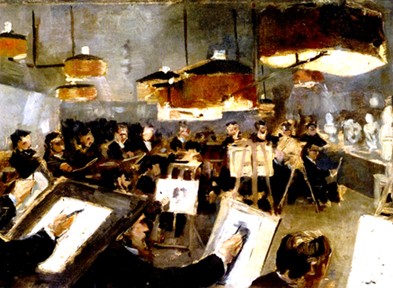

Ladies Nights, Gentleman's evenings, Office, Charity and Leaving functions. Last minute bookings.

Our Tutoring and Life Drawing Techniques for Beginner Hens
Our model and art tutor will cover the following key concepts of life drawing in the class:
Proportions and Ratios
How to measure and achieve accurate body proportions (!).
Contours and Lines
Identifying the most important lines. How the flow of line implies the underlying muscle action.
Observation Skills and the Anatomy
Master close up details such as facial expressions, hands, feet, torso and genitals.
Tone/ Contrast/ Lightness and Shadow
Tone represents how much light falls on the model and the surrounding area. Tone helps produce drama, mood and depth. It also Injects life into your figure by making it more 3 dimensional. Chiaroscuro is a term used to describe clear light and dark tonal contrasts.
Expressing your Own Personal Style
We encourage the freedom to express your own creativity while drawing so you can stand out from the crowd! It's more rewarding when you draw what you feel and express yourself through an emotional response to the subject. Often this is influenced by the mood on the day, the model, the lighting and the pose.
We will also cover;
- Foreshortening and Perspective
- Negative space
- Shading and Cross hatching
- Musculature of the human anatomy
The best position to draw in
The optimum distance from the male life model is 2-3 metres so that you can see the body without moving your head too much.
Make sure you are in a comfortable position, without hunching over your drawing, which can strain the shoulders and neck, causing you to lose concentration on your artwork.
Allow enough space to stand back easily to compare your drawing with reality.
Holding your pencil far from the tip without resting your hand gives maximum manoeuvrability.